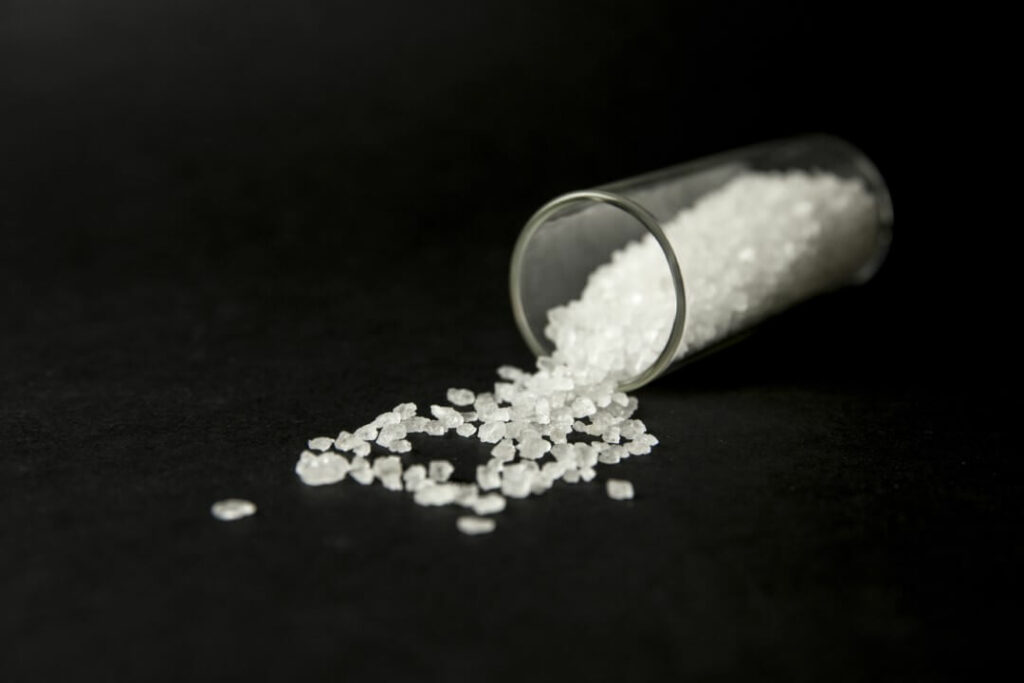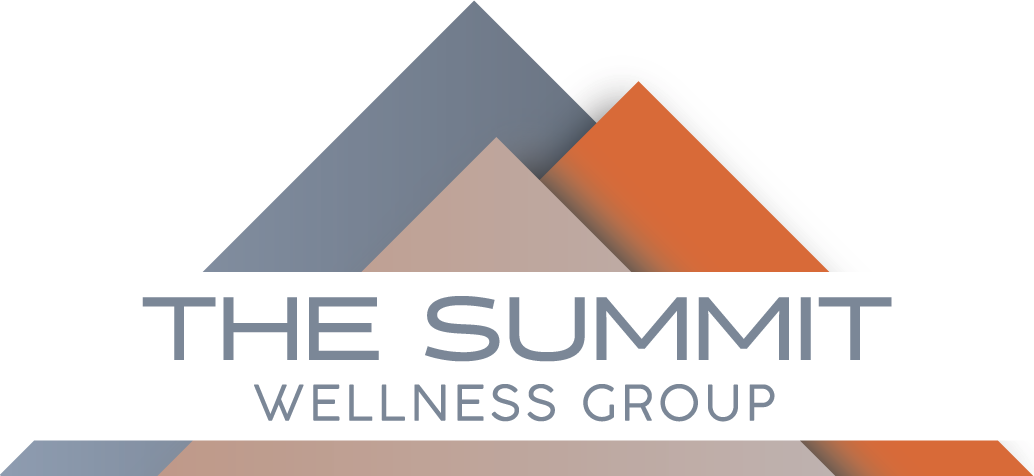There’s been a lot of talk in recent years about designer drugs, but what is a designer drug? While designer drugs may sound like a specific class, it is actually a very broad and general term.
Defining Designer Drugs
While these drugs all vary greatly in their effects, the one thing they have in common is that they were intentionally designed to produce a high. For drugs like spice, bath salts, and flakka there is a deeper meaning to the word designer. As legislation is passed to ban one of these compounds, chemists can rearrange the chemical structure to create a similar drug. This can result in a very similar drug that is not subject to the same legal restrictions as the previous one. In this fashion, drug manufacturers can sidestep legal repercussions while still making money.
These drugs can be extremely dangerous, as there is no form of regulation, testing, or quality control that goes into their creation. Where chemistry is concerned, even a small change to the chemical structure of a compound can result in wildly different effects when it is used. Even though the manufacturers may think it is harmless, there could be significant risks for long-term side effects.

List of Common Designer Drugs
To get a better idea of the definition of designer drugs we can take a look at a list of designer drugs from the past few decades:
Ecstasy
First synthesized in 1912, it wasn’t until the 1960s that ecstasy was first used as a street drug. A stimulant that is very similar to methamphetamine, it also produces entactogenic properties. This means that it creates a strong sense of emotional connection with others. It was scheduled by the DEA in America in 1985 and has been an illegal street drug ever since.
LSD
An acronym for lysergic acid diethylamide, LSD is derived from ergot, a type of fungus. Known colloquially as acid, LSD is a powerful hallucinogen. LSD was first synthesized in 1938 although it would be 5 more years before its powerful hallucinatory effects were realized. This drug was used recreationally and legally up until 1968 when it was outlawed in the US. It can still be obtained illegally, although the “acid” of today may often be LSD analogs or related compounds such as LSA.
Spice (K2)
This is a broad category that includes dozens of synthetic cannabinoids. These types of compounds work to mimic the effects of THC, the major psychoactive ingredient in marijuana. There has been a wide range of different cannabinoids found in spice, and some of these are much more potent than THC itself. The wide range of different compounds found in spice as well as their varying potencies is cause for concern. When it comes to spice, you never know what you are going to get.
Bath Salts
This is another broad category that includes many different individual drugs. Some of the most common drugs found in bath salts are the synthetic cathinones mephedrone and MDPV. Mephedrone and MDPV are stimulants that are similar to some members of the amphetamine family of drugs. Both of these drugs became popular in the early 2000s and by 2011 were both illegal in the US and many other countries.
Flakka
Flakka is similar to some other designer drugs and bath salts, as it is also a synthetic cathinone. This drug seems to produce more negative side effects, particularly psychosis and aggression. First synthesized in the 1960s, it wasn’t until the mid-2000s that flakka became available as a street drug. Shortly thereafter, in 2014, the DEA made flakka a Schedule 1 drug.
The Risks of Designer Drugs
These drugs can be extremely dangerous, as there is no form of regulation, testing, or quality control that goes into their creation. Where chemistry is concerned, even a small change to the chemical structure of a compound can result in wildly different effects when it is used. Even though the manufacturers may think it is harmless, there could be significant risks for long-term side effects.
Designer drugs are very addictive. Many find they need professional help in order to quit entirely. The clinicians at our rehab centers in Georgia are experienced in treating clients with these addictions. Find out more about our approach and get help today!
